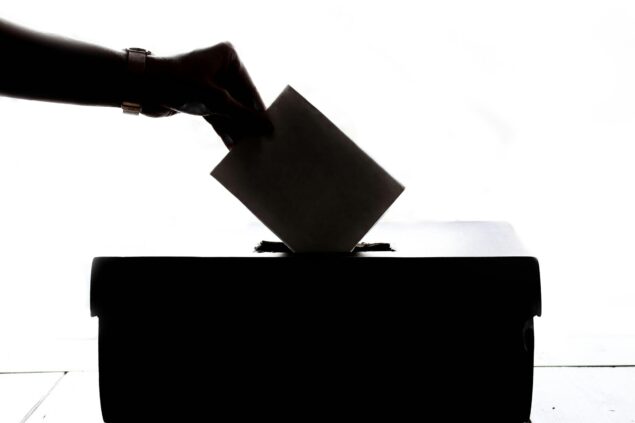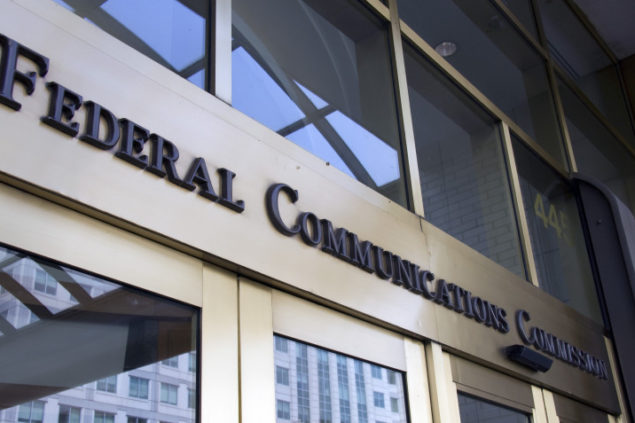How Do Regulations Affect Delivery Drones?
Why can’t we get packages or food delivered via drone to our doorstep? The simple answer is regulatory uncertainty. Drones are regulated by a host of local rules that govern where they can and cannot fly, including prohibitions of flying at a low altitude over private property. Until a feasible policy solution is suggested and tested, drone operation will remain very limited.
Brent Skorup is a Senior Research Fellow at the Mercatus Center at George Mason University.
Transcript
Although this transcript is largely accurate, in some cases it could be incomplete or inaccurate due to inaudible passages or transcription errors.
In 2013, Amazon CEO Jeff Bezos famously predicted widespread 30-minute drone delivery to customers within five years. This technology could support emission-free and rapid delivery of medical supplies and other life-saving goods, and would make it possible to easily inspect infrastructure and survey land.
In the past few years, companies like Google Wing, Kroger, and Amazon have tested drone delivery to homes. A company called Zipline delivers 75% of the national blood supply in the nation of Rwanda via drone. However, in the US, there are only short-term pilot programs for drone delivery – and you shouldn’t expect your pizza or coffee drone delivery any time soon. Despite early optimism, many US drone services companies are struggling. The question is: Why is the industry “facing a major crisis before it really takes off”?
The primary issue is regulatory uncertainty. As the Government Accountability Office reported to Congress, “The law regarding a number of [drone] jurisdiction and privacy matters is in a state of flux.” In particular, drone companies and hobbyists can violate local privacy, nuisance, and trespass laws, because they can fly anywhere, including in backyards and above sensitive locations like prisons, schools, and stadiums. These are local concerns, but aviation rules have traditionally been determined at the national level. Several states have prohibited unwanted drone photography at low altitudes in recent years.
Further, as the Supreme Court said in the aviation case, U.S. v. Causby, landowners own the low-altitude airspace above their land and “invasions of it are in the same category as invasions of the surface.” That means if federal and state aviation officials authorized widespread Walmart or UPS drone flights over residential areas and private land, the regulators would face takings lawsuits and the companies would face trespass and nuisance injunctions.
One possible policy solution has emerged: drone highways above roadways. Federal, state, and local governments own or manage millions of miles of roadways, including the airspace above them. Transportation officials could designate low-altitude aerial corridors above roadways for drone services like home and business-to-business delivery. Drone companies and regulators could avoid landowner lawsuits since the drones would be solely using public easements, not private property. Once drone companies gain liberal access to low-altitude airspace, they can act quickly. As Tom Walker, CEO of DroneUp, told reporters in 2020 after they gained regulatory permission to test on a vacant college campus: “We took a 55-acre college campus, we made it a town, and by the end of day two we were doing deliveries every 3 minutes.”
The drone highway idea was discussed by the Federal Highway Administration in a 2021 report, and lawmakers in Texas, West Virginia, and Mississippi have already introduced bills to create drone highways. If there are more drone companies than drone highways available, these bills propose leasing airspace to the highest bidder as a fair way to assign corridors. Some drone companies object to these proposals, citing concerns of a fragmented legal environment and higher costs of flying.
To date, however, no alternative policy has gained traction. In the meantime, US drone programs remain small and limited to avoid legal hurdles. Until these regulatory issues are resolved, investors will remain wary of investing in drone companies and Jeff Bezos’ prediction from 2013 will remain unfulfilled.
What takes priority? Protecting property rights and privacy or expanding new services and commerce? Is there an approach to regulation that protects against privacy violations, nuisance and trespass? Should regulators at the federal, state and local levels create “drone highways” or is it too soon?
Join the conversation in the comments below.
Topic
The Federalist Society and Regulatory Transparency Project take no position on particular legal or public policy matters. All expressions of opinion are those of the speaker(s). To join the debate, please email us at [email protected].



